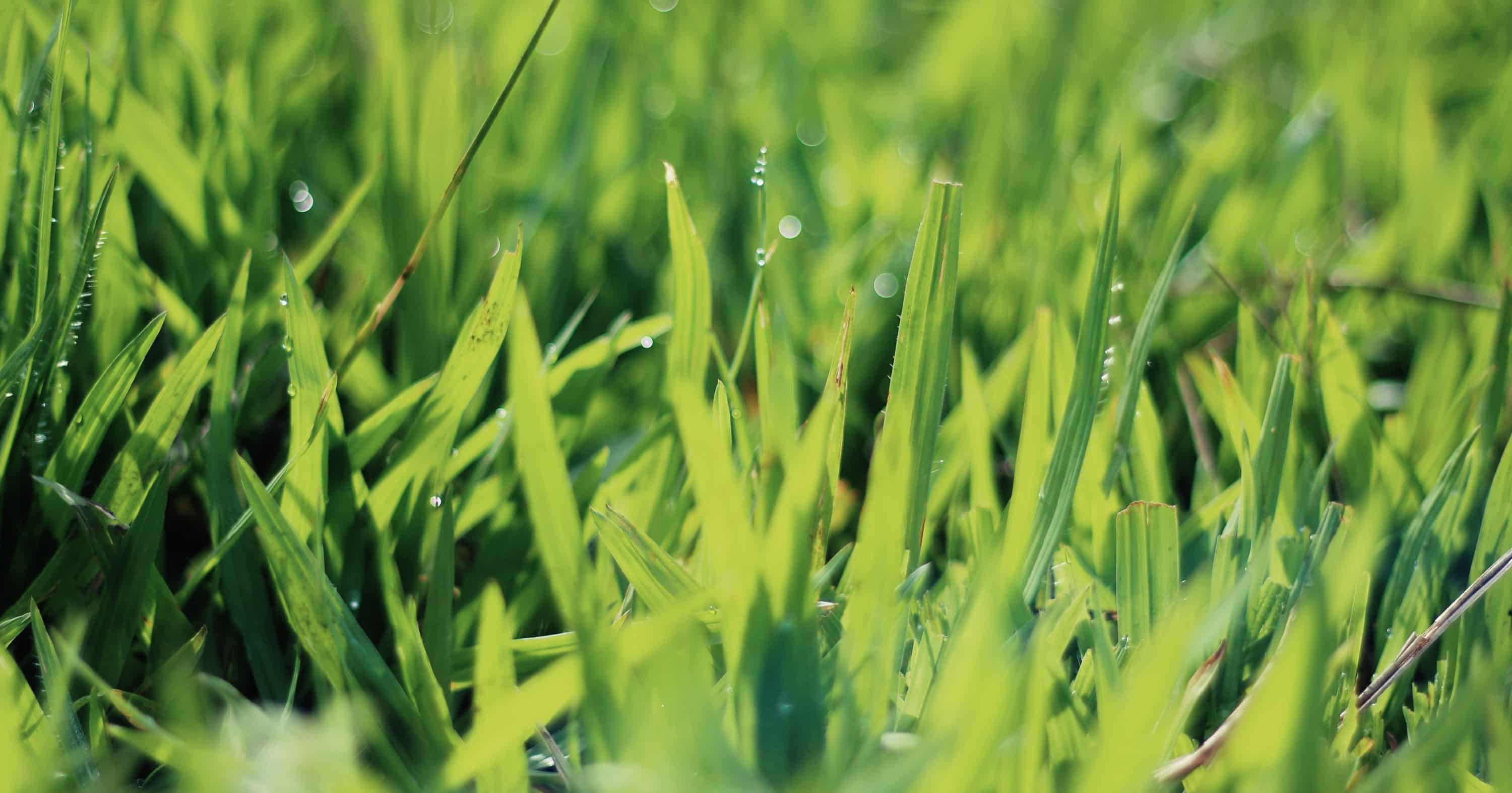Sulfur as lawn fertilizer
- Sulfur is a secondary macronutrient needed by plants
- Sulfur availability is largely pH-dependent
- The optimum soil pH for maximum sulfur availability (sulfate) is from 6.2-6.8
- Sulfur is not mobile once inside plant tissue
- Deficiencies appear on young leaf blades
- Sulfate is mobile in wet soils
Lawn fertilizer sources of sulfur
- Ammonium sulfate
- Organic matter
- Amino acids
- Gypsum
- Potassium sulfate
- Elemental sulfur

When to be concerned about sulfur status
- Most professional lawn care companies will use primarily urea as their only fertilizer (blue or white in appearance) containing zero sulfur (unless sulfur coated).
- Soil compaction & poorly drained soils will cause lower levels of available sulfur (sulfate) from a lack of oxygen.
- Soils low in organic matter will contain less sulfur
- Fertilizing your lawn with nitrogen (N) will also increase the need for sulfur
- During rapid spring growth, grass roots may not be able to passively uptake enough sulfur to meet growth requirements even if enough sulfur is present in your soil
Lawns lacking sulfur
- If your lawn has poor soil lacking organic matter then you may have less than adequate sulfur.
- Better air quality has lower levels of sulfur because the emissions from burning fossil fuels release sulfur into the air that is delivered to your soil when it rains.
- Waterlogged soils may lose more sulfur to the atmosphere
Why you can benefit from the proper sulfur status in your lawn fertilizer
Nitrogen
Sulfur is a component of three amino acids plants use to build larger proteins and is indirectly needed for the production of chlorophyll that gives your turf its green colour. Increasing nitrogen availability to your lawn by fertilizing will increase the demand for sulfur as well.
Phosphorus
Studies show that adding sulfur to your soil also increases the availability of the macronutrient phosphorus to your lawn. Fortunately, an organic fertilizer will usually provide both of these nutrients simultaneously.
Iron
Just like phosphorus, sulfur application has been shown to increase iron availability in your soil, iron is a micronutrient that often becomes deficient in summer lawns.

Wrapping up
If you are using urea-based synthetic fertilizers and have low organic matter soil with high compaction, your lawn may benefit from a source of sulfur. Luckily there is enough sulfur in organic matter for your lawn’s needs, choosing organic lawn care will mean you need not worry about this nutrient in your soil.
Renew-a-lawn can help by giving you a lush lawn, organically. Contact us for your free lawn assessment.
Sources:
- https://doi.org/10.1007/978-94-017-0289-8_20
- Edwards, Pamela J. 1998. Sulfur cycling, retention, and mobility in soils: A review
- https://doi.org/10.1016/0038-0717(76)90015-8
- https://www.sulphurinstitute.org/about-sulphur/sulphur-the-fourth-major-plant-nutrient/#:~:text=Role%20of%20Sulphur%20in%20Plant%20Growth%20and%20Development&text=Like%20any%20essential%20nutrient%2C%20sulphur,Protein%20production.
- https://archive.lib.msu.edu/tic/tgtre/article/1998feb1a.pdf
- https://doi.org/10.3389/fchem.2020.00280
